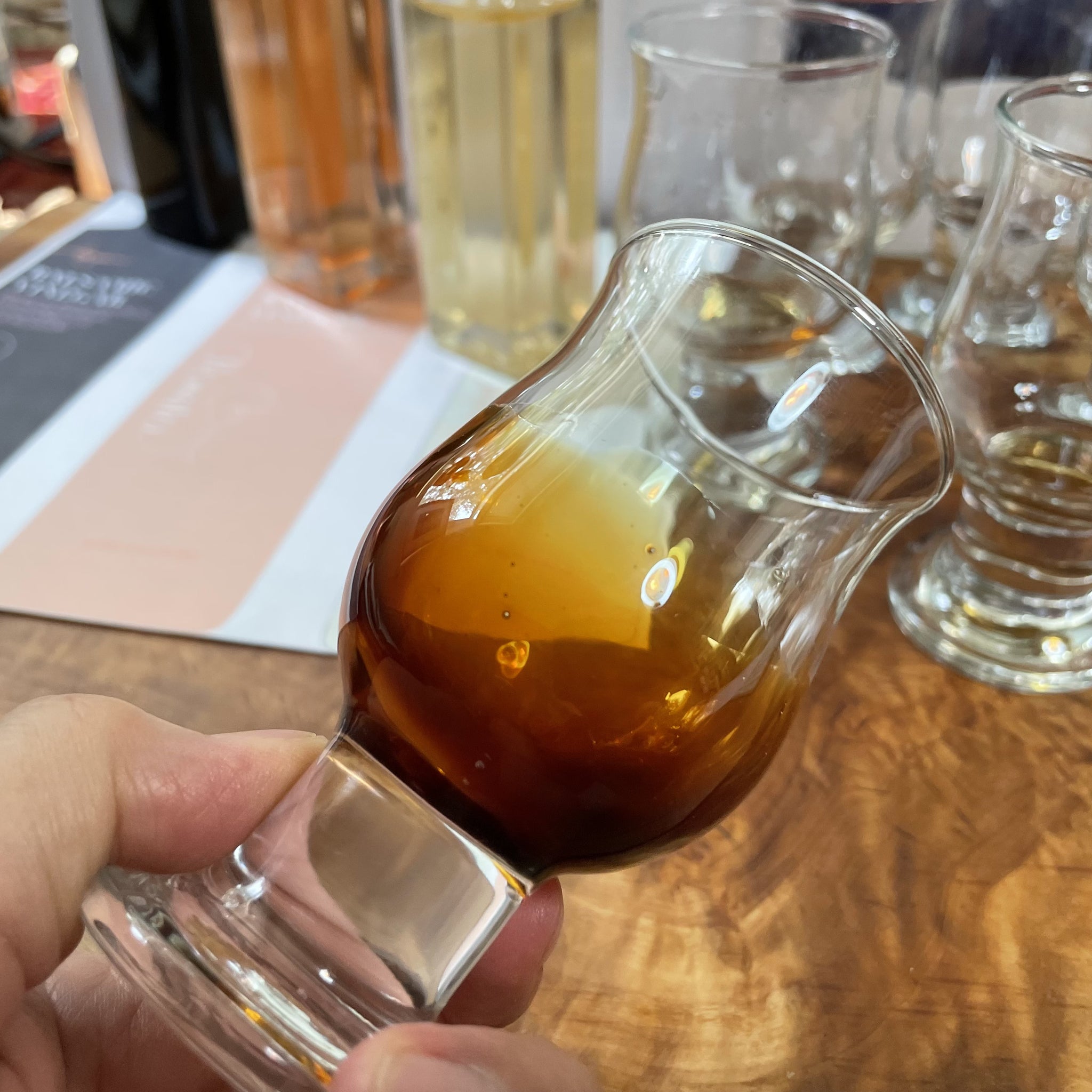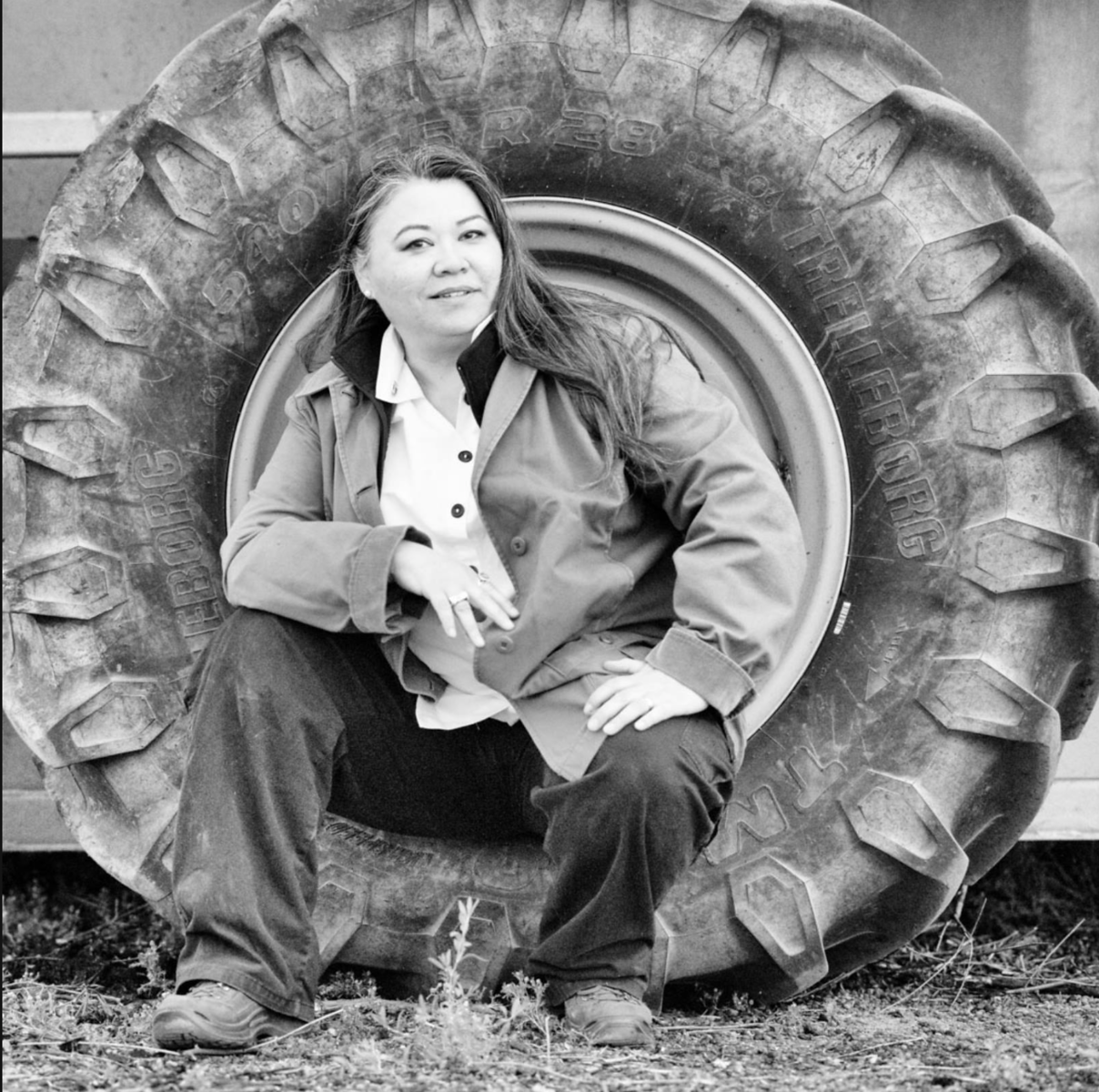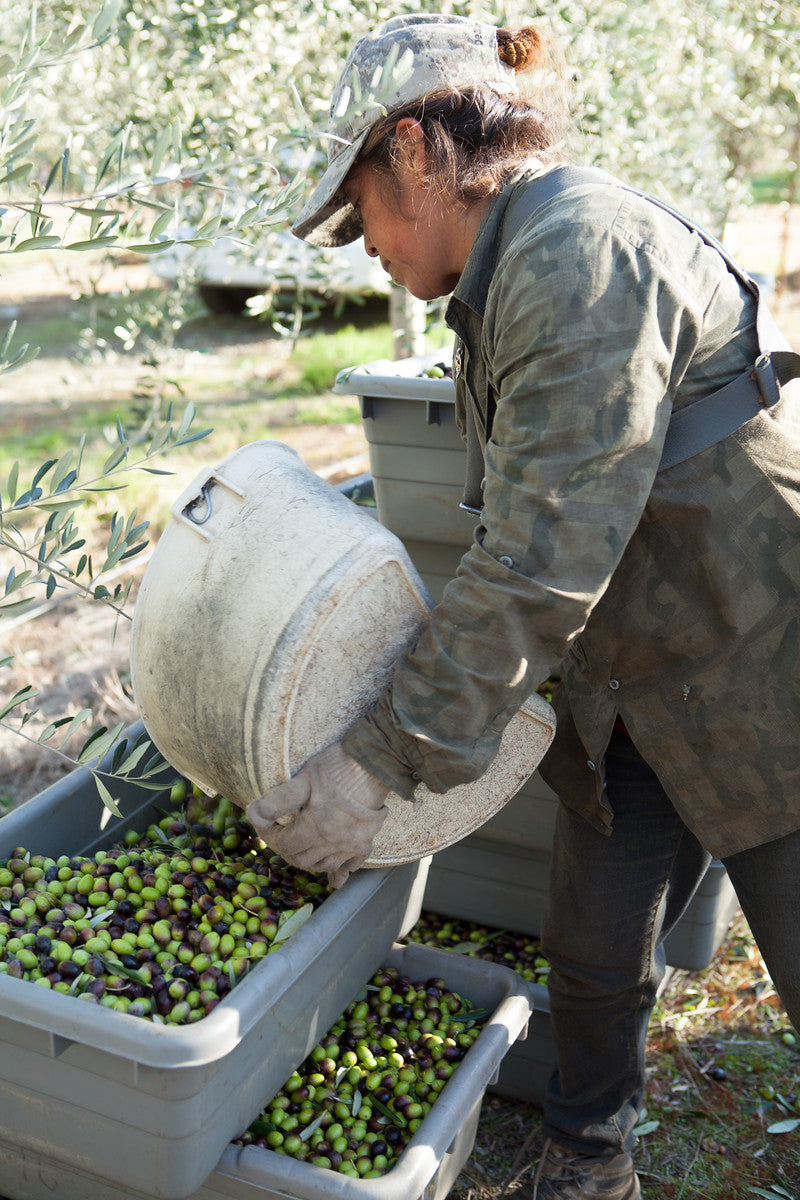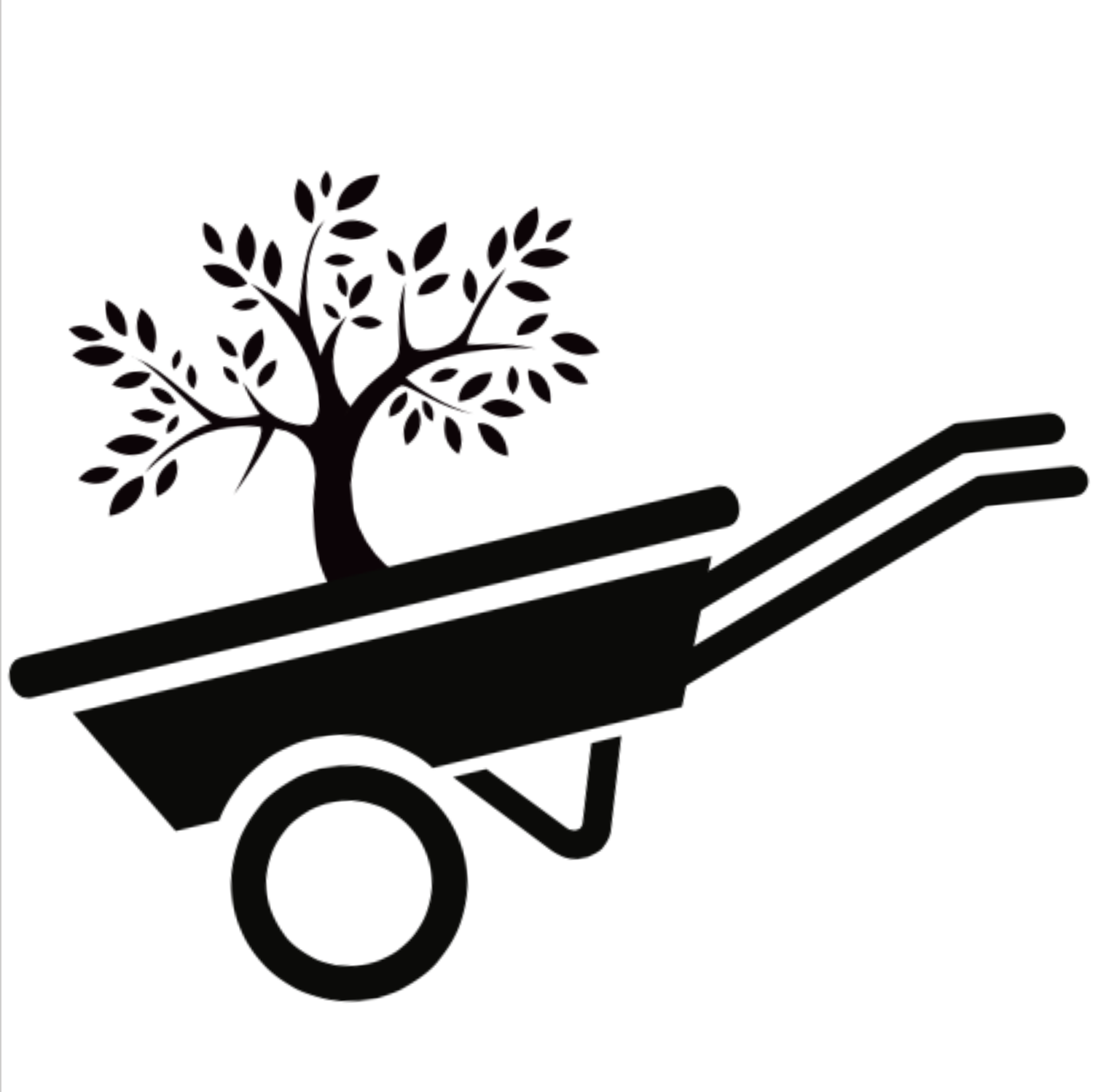
Facts About Lead in Balsamic Vinegar
California customers contact us about lead content in balsamic vinegar from time to time, so I thought it would be helpful to summarize key facts regarding this topic.
We send the California Proposition 65 notice to everyone who purchases our vinegars in a red wine base, regardless of whether or not they reside in California, or whether or not the vinegar is over the reportable limit. The vinegar we sell is nearly always under the limit requiring notice. We choose to send these notices to keep you informed as to the discussion about lead in vinegar in general; it is part of our ongoing effort to ensure quality and safety of everything we produce or offer for sale in our shop. - Liz Tagami
The Source of Lead in Vinegar
The balsamic vinegar we import is purchased from a top producer in Modena with whom we work directly. Balsamic vinegar, red wine vinegar, indeed grapes, and other agricultural products can often contain minute amounts of lead, a naturally occurring element found in small amounts in the earth's crust and sometimes in soil near roadways exposed to leaded fuel from the 20th century. Lead exposure is a serious concern as toxicity can result. What we know is that lead is not added anywhere in the production of vinegar, nor is it present in any production or storage equipment. Any minute traces of this basic element are naturally occurring and no honest seller of this product can make claims that they have reduced lead or a completely lead-free product.
How much? How do we know?
Because it is not possible to claim vinegar is lead-free, our producer provides chemical analysis of their product to us on a routine basis or on demand, and we have also sampled and tested the balsamic vinegar we sell using an internationally certified 3rd party laboratory in the United States, too. What our testing shows is that while nearly all batches test below California's legislated maximum daily intake threshold for reproductive toxicity, others may test slightly above the threshold that requires warning labels by the State of California.
Important: The California (Prop 65) threshold for requiring warning labels is 1000x higher than the lowest observable effect of lead.
Significance of Trace Amounts
To make the point again: California's 1986 Proposition 65 threshold is at least 1,000 times lower than what a person would have to consume to cause an observable effect. To quote the law precisely, the threshold level for warning labels is "the level at which chemicals listed for reproductive toxicity would have no observable effect assuming exposure at 1,000 times that level."
California set the limits for disclosing the presence of lead in micrograms, (millionths of a gram), and our test parameter is down to parts per billion (ppb), or 1,000 million. One thousand million! The warning label requirement about the presence of lead referring to reproductive toxicity is set at .5 micrograms per day by California California State law. What is the level? Approximately 35 ppb, or 35 parts per every 1,000,000,000.
Details
Our testing shows that the Balsamic Vinegar we sell is below the California threshold most of the time, in the 16 ppb to 30 ppb range, so Prop. 65 notices are not required for our product. From time to time vinegar tests over the California threshold and must have a warning. I'm looking at a particular test on my desk from 2017 which shows one batch at 44 ppb and another at 55 ppb. I have a test from 2021 (our current stock) which is half that at 22 parts per billion (ppb). As we understand it, retailers who sell balsamic vinegar can display a single warning sign near where the product is sold and meet the proposition 65 labeling requirements, however, we suspect this doesn’t always get done leaving people to think they are buying “lead-free BV". If you live outside of California, there is no disclosure requirement as to heavy metal content at all.
Some Math and Final Thoughts
What does the threshold of 35 ppb (parts per billion) mean when you're about to douse your salad with vinegar? Let's find out together by trying to size what 1 billion is as a unit of measure for vinegar. The FDA serving size for balsamic vinegar is 1 tablespoon.- 300 drops per tablespoon
- 76,800 drops per gallon
- 1,000,000,000 drops = 13,020.8 gallons
- If my producer delivered 13,020.8 gallons of vinegar to me, I would be required to use a Prop. 65 warning label if the lab tests indicated 35 drops of those 1,000,000,000 drops were lead.
[OPINION] I'm simplifying here, however, 13,020 gallons of balsamic vinegar is an impossible number for anyone to consume per day, or year, or even over their entire lifetime, so this seems to me to be a situation where good intentions yielded a confusing and unwanted outcome; a situation where the spirit of the law is obscured by the letter of the law. As a citizen I voted for Proposition 65 in my state's 1986 election because I wanted to know if there was any chance of exposure to toxic elements in my environment. Unfortunately, the law as it applies here does not seem aligned with real life and has served to create fear and doubt around an artisan product developed for health and pleasure. In the end, it is a good thing that we have this spotlight to consider for ourselves whether any exposure is worth it. In the end, it's up to you.
Should you discontinue using or reduce your use of red vinegars? That is a personal choice and one I respect. As a purveyor of the product I wanted you to know the care with which I determine sources, the ongoing quality testing that I do, and the extra consideration I give new information.
Let me know what you think in the comments or send me an email at Liz@AmericanOliveFarmer.com if you'd like more information.





